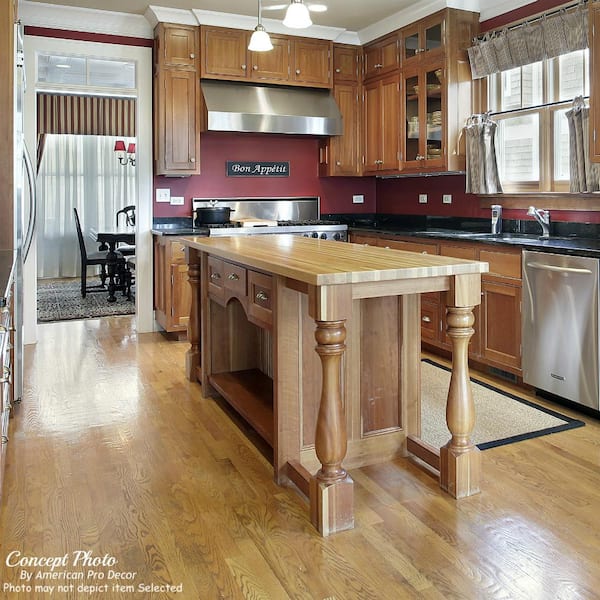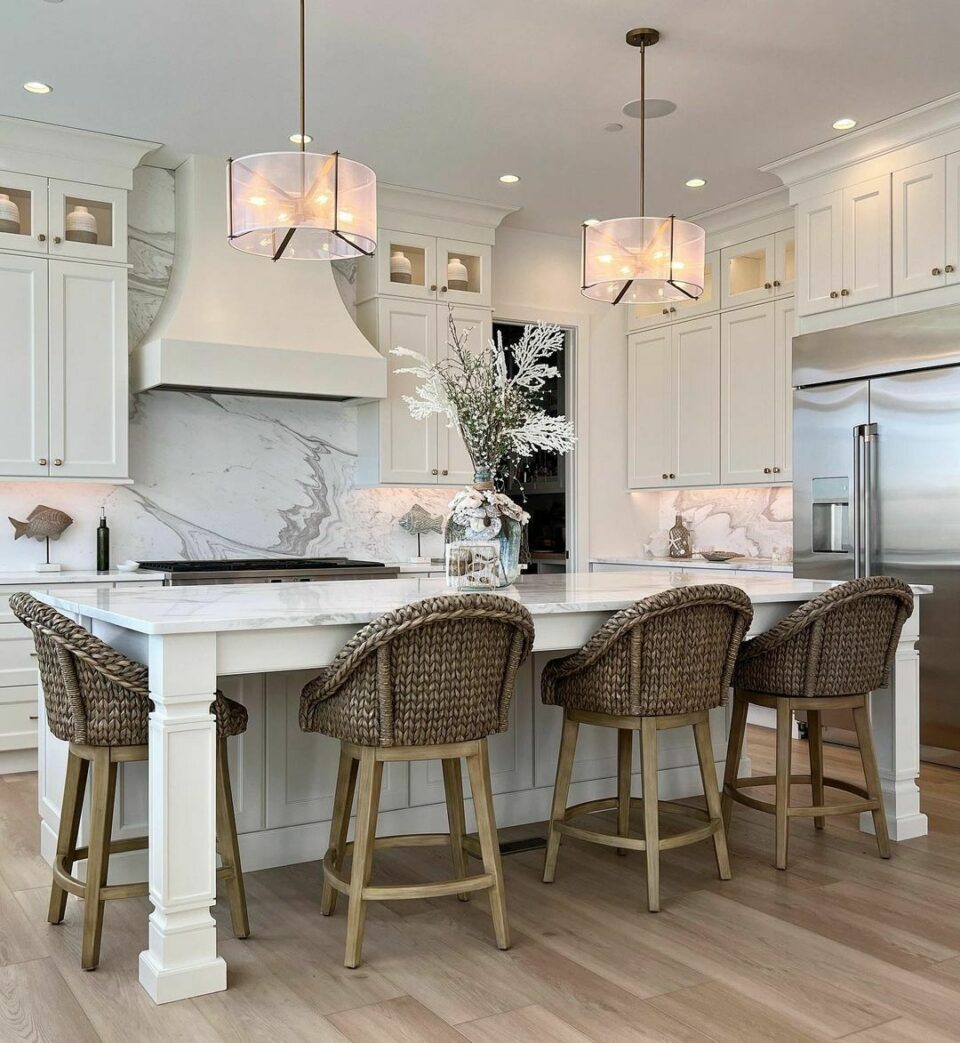Important Tips for Picking the Perfect Kitchen Island Leg for Your Home
Top Considerations When Choosing a Cooking Area Island Leg for Modern Kitchen Interiors
In the world of modern-day cooking area insides, the selection of a kitchen island leg is crucial, affecting both looks and performance. As these aspects intertwine, they increase further concerns concerning exactly how to accomplish the ideal balance between design and functionality, leaving one to consider the effects of each choice on the total kitchen area experience.
Material Selections
When it pertains to picking a cooking area island leg, product choices play a critical duty in both aesthetic appeals and capability. kitchen island leg. One of the most usual materials include wood, metal, and composite options, each offering distinctive benefits and potential disadvantages
Timber is preferred for its warmth and traditional appeal, giving an ageless appearance that complements various kitchen area designs. It is highly flexible, enabling for customization in terms of surfaces and shades. Wood might require more upkeep to prevent bending or damages from wetness.
Metal, on the various other hand, brings a contemporary and commercial style to kitchen islands. Stainless-steel and functioned iron are prominent selections, understood for their toughness and resistance to use. They can stand up to the rigors of everyday use but might do not have the warmth connected with wood.
Composite materials, such as crafted timber or synthetic blends, offer an equilibrium in between price, longevity, and visual appeals. These alternatives are often designed to resemble the appearance of all-natural materials while offering resistance to spills and scrapes.
Inevitably, the option of product must straighten with the overall cooking area design and meant use, making sure that the kitchen island leg is both aesthetically enticing and functional.
Design and Layout
The design and style of a kitchen area island leg significantly add to the total visual of the space, matching the selected product. When picking the leg style, consider the architectural design of the cooking area. For example, sleek, minimalist legs made from stainless-steel or acrylic harmonize with modern styles, while ornate, turned timber legs improve traditional or farmhouse visual appeals.
Additionally, the finish of the leg can affect the visual impact; a refined chrome or matte black finish may evoke modern sophistication, while troubled wood talks to rustic charm. The leg's form likewise plays an essential role-- directly, angular kinds share an even more industrial feel, whereas rounded or tapered legs introduce a softer, more welcoming appearance.
Including decorative aspects, such as decorations or makings, can add individuality and personality to the kitchen island, additional boosting its duty as a focal factor. Ultimately, the chosen leg design should not only straighten with the general cooking area design but likewise show the property owner's personal preference, ensuring that the kitchen area island ends up being a functional and harmonious centerpiece within the modern cooking area inside.
Elevation and Percentages
Achieving the ideal height and proportions for a kitchen area island leg is critical for both functionality and appearances. Kitchen area islands commonly range in elevation from 28 to 36 inches, depending on their meant use-- whether as a food preparation surface area, eating location, or work space. Criterion kitchen counter elevation is about 36 inches, making it important that the legs you choose complement this height to supply a seamless, integrated look.
Percentages likewise play a crucial function in the visual balance of the cooking area. The size and weight of the leg should agree with the total layout of the island - kitchen island leg. A slim leg might be proper for a minimalistic or modern island, while a much more significant leg may find more info be needed for rustic or conventional designs. Furthermore, think about the spacing between the legs; adequate range makes sure comfort and ease of activity around the island.
When choosing the height and percentages of the kitchen island leg, remember the total style motif of your kitchen area. This interest to detail not just improves the functionality of the room but additionally adds to a cohesive and visually appealing interior decoration.
Security and Support
Continually making certain stability and support in cooking area island legs is necessary for both security and capability. A well-constructed kitchen area island have to endure day-to-day use, including weight from home appliances, food prep work, and celebrations. The option of legs should prioritize durable products and designs that can supply adequate support.
When reviewing security, take into consideration the leg's product-- steel, wood, or aluminum typically supply exceptional stamina contrasted to lighter alternatives. Furthermore, the design ought to feature a broad base to disperse weight evenly and decrease the danger of tipping or tottering. For circumstances, legs designed with an A-frame or cross-bracing can considerably improve security.

Integrating these factors to consider will not only boost the total safety of the kitchen area area but also enhance the long life and capability of the kitchen island, making it a beneficial centerpiece in modern kitchen area interiors.
Completing Touches
When it pertains to completing a kitchen island, thoughtful finishing touches can substantially boost both its visual allure and functionality. Selecting the best leg style is critical, however enhancing it with appropriate information can change the whole area. Think about including ornamental aspects such as toe kicks or baseboards that match the cabinetry or flooring to create a seamless look.

Last but not least, the choice of finishes plays an essential duty in linking the design together. Whether going with a matte, shiny, or textured finish, make sure that it straightens with the total motif of your kitchen area. A cohesive color palette and material option will raise the cooking area island, straight from the source making it a why not try this out fascinating focal point. By focusing on these finishing touches, homeowners can produce a kitchen island that is both practical and lovely, accommodating their way of living and style preferences.
Verdict

In the world of contemporary kitchen interiors, the option of a kitchen island leg is crucial, influencing both appearances and capability.The style and layout of a kitchen area island leg significantly add to the overall visual of the area, enhancing the selected product.Accomplishing the best elevation and percentages for a kitchen area island leg is crucial for both functionality and aesthetics.Continually guaranteeing stability and assistance in kitchen island legs is necessary for both safety and performance.In recap, selecting a kitchen island leg for modern insides calls for careful factor to consider of product choices, design style, elevation, percentages, and stability.